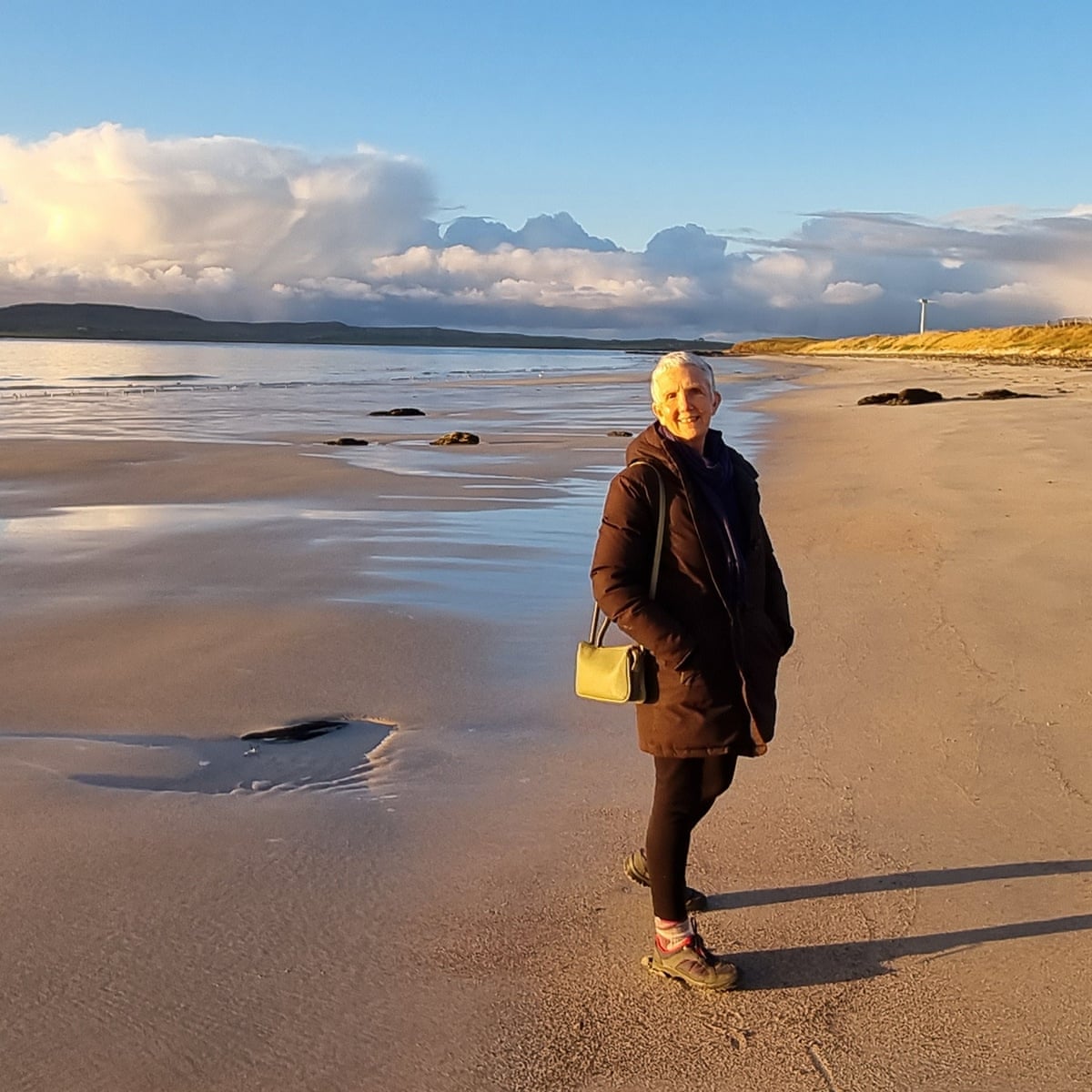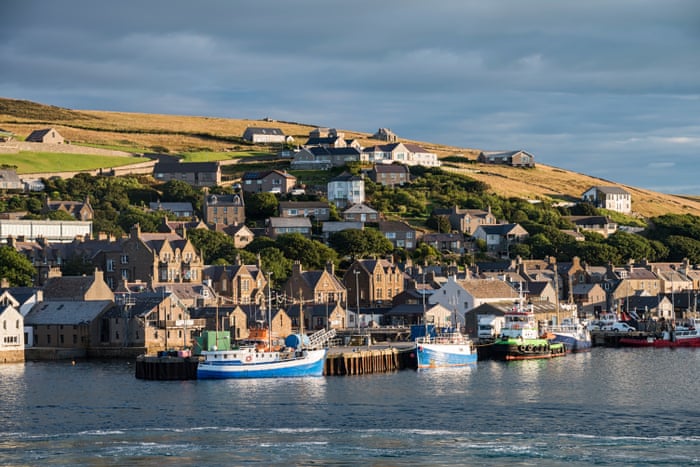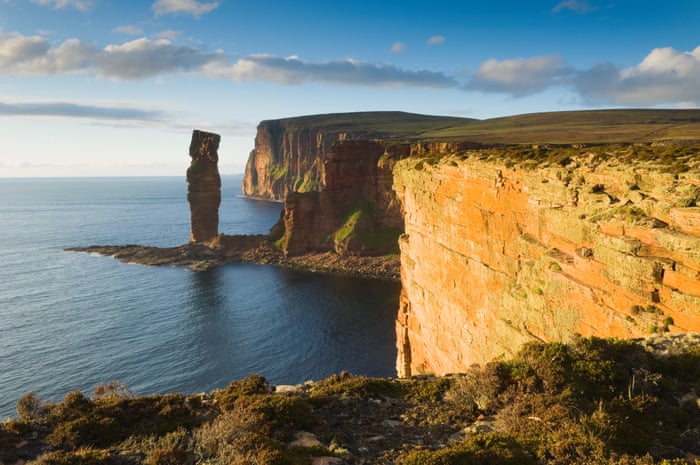Bestselling crime writer Ann Cleeves, the creator of the acclaimed Shetland series, has found a fresh source of inspiration in the Orkney Islands, Scotland. After concluding the Shetland books with Wild Fire, Cleeves felt a “homesickness” and a strong desire to return north in her fiction. She chose to move her beloved detective, Jimmy Perez, from Shetland to Orkney to start a new life, a move that provides the setting for her latest standalone novel, The Killing Stones. For Cleeves, Orkney is far more than a beautiful backdrop; it is a place of deep history, huge skies, and warm communities, where small, authentic details—impossible to glean from Google research—breathe life into the narrative. From the dramatic cliffs of Hoy to the unique local delicacy of fatty-cutties, the islands offer a dramatic contrast between long, clear horizons and secrets hidden within tight-knit communities.
Orney’s New Beginning: The Return Of Jimmy Perez
Jimmy Perez, the detective at the heart of the Shetland series (which inspired the popular BBC drama), has made a highly anticipated return in the new standalone novel, The Killing Stones.

Following the events of Wild Fire, Perez left Shetland to build a new life with his partner Willow Reeve and their growing family in Orkney, the group of islands situated between Shetland and the Scottish mainland. This narrative move was driven by Ann Cleeves’ own “longing to return north in my writing” and her “homesickness for the islands.” The new novel plunges Perez into a deeply personal investigation when his oldest and closest childhood friend, Archie Stout, goes missing during a stormy winter night. The case is complicated by the discovery of an unusual murder weapon: a Neolithic stone bearing ancient inscriptions, forcing Perez to confront the collision of history, legend, and modern crime.
Island Landscape And Deep History
The appeal of Orkney for Ann Cleeves lies in its dramatic landscapes and the unparalleled depth of its history, which is visible in the physical environment itself.

Cleeves’ initial impression of the islands was the sheer expanse of land and water, which immediately inspired her to set her new novel there. She explored the smaller islands, including Hoy, known for its dramatic cliffs, and the tiny island of Papa Westray. Papa Westray is home to the Knap of Howar, the oldest domestic stone dwelling in Northern Europe, which serves as a palpable reminder of the ancient history embedded in the soil. Another unique location is North Ronaldsay, where a low stone dyke surrounds the island, not to keep animals in, but to keep the sheep out on the shore. These island sheep have adapted to survive on seaweed, a detail Cleeves noted, makes their meat uniquely delicious. These specific, real-life details are what Cleeves considers essential for bringing a book to life, something that cannot be substituted by online research.
Character Evolution: Perez’s Personal Stakes
The move to Orkney provided Ann Cleeves with the necessary space to explore a new dimension of Jimmy Perez’s character and delve further into his personal history.
Perez originates from Fair Isle, the most remote inhabited island in the UK and the southernmost of the Shetland Islands. His distinctive Spanish surname is explained by his descent from the survivors of the Spanish Armada shipwreck, El Gran Grifon. In The Killing Stones, the victim is Archie Stout, a childhood friend of Perez, which elevates the stakes of the case, making it far more personal than most of his past investigations. The new setting required Cleeves to introduce an entirely new set of characters who are every bit as “gritty and real” as the community Perez left behind. This shift not only provides a fresh landscape for the mystery but also allows Cleeves to write a full range of emotions for Perez as he navigates his new life while being haunted by his past connections.
Authentic Detail: From Folklore To Food
For Ann Cleeves, setting a story in a specific locale requires capturing its authentic cultural spirit, which extends beyond the scenery to include local traditions and unique culinary details.

To fully immerse readers in Orkney, Cleeves focused on small, specific elements that reveal character and place. Given that Westray, the small island where the initial murder occurs, is famous for its fishing industry, details about fish feature prominently in The Killing Stones. Cleeves also makes sure to mention fatty-cutties, a very specific local Orkney delicacy. By weaving in these authentic touches, from the islands’ ancient folklore to its distinct food culture, Cleeves creates an atmosphere so vivid that readers can “feel the chill of wind and rain on your face.” This commitment to detailed, cultural realism is what allows Cleeves to successfully use Orkney as an active narrative force, ensuring it is experienced as more than just a pretty backdrop.




